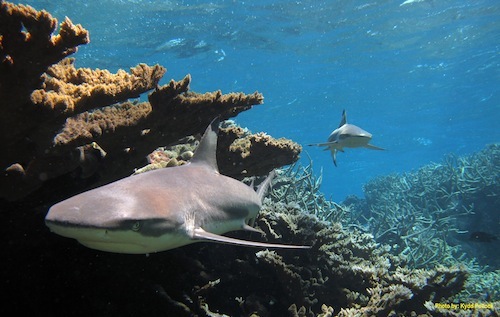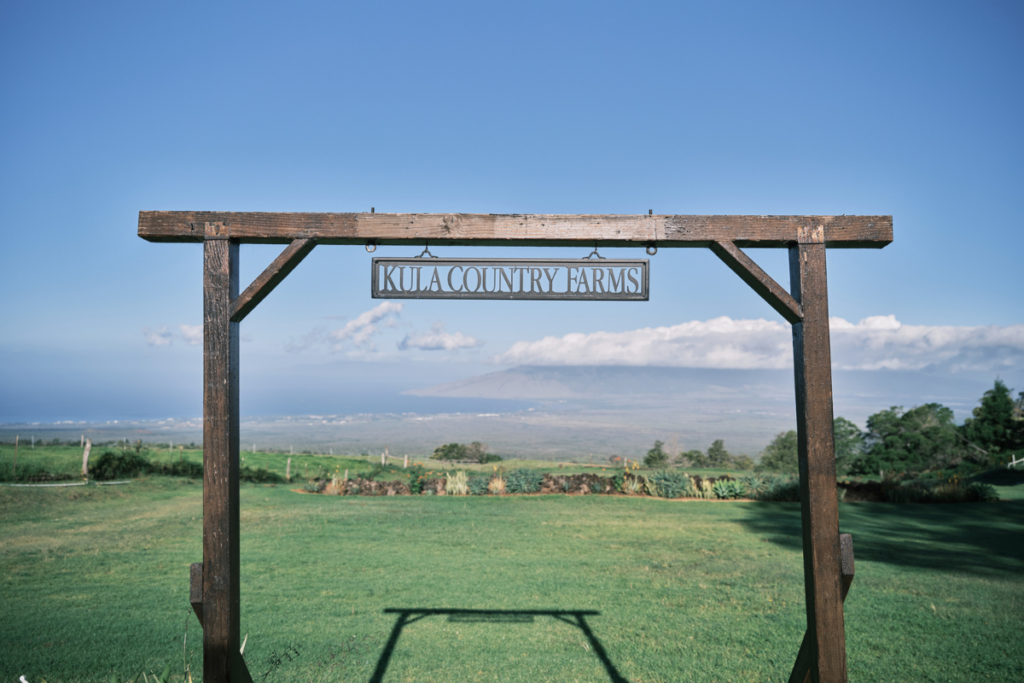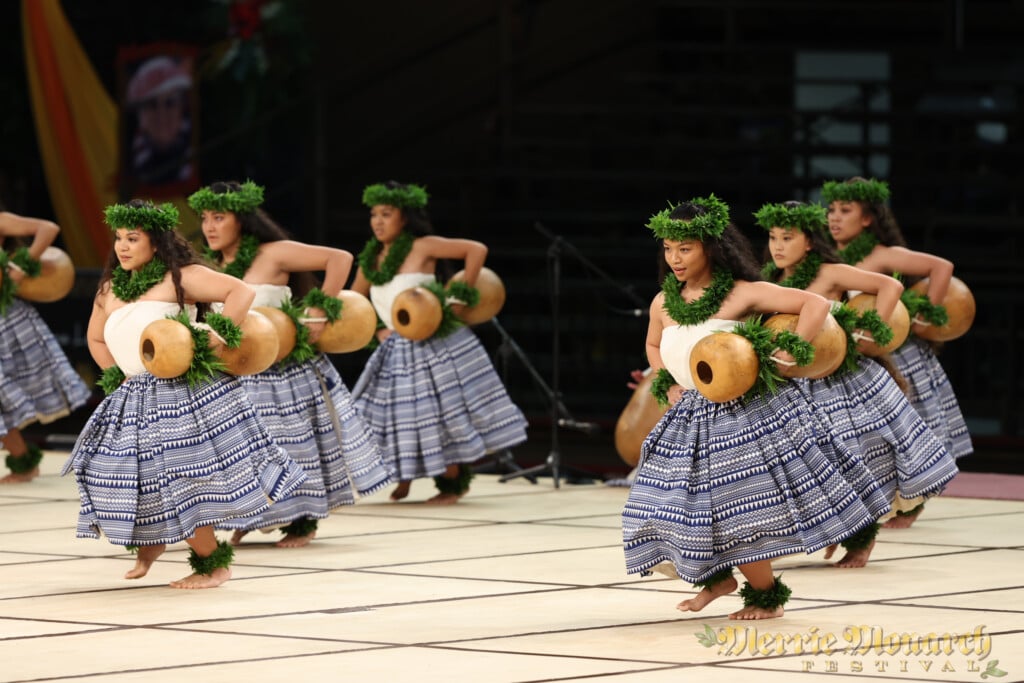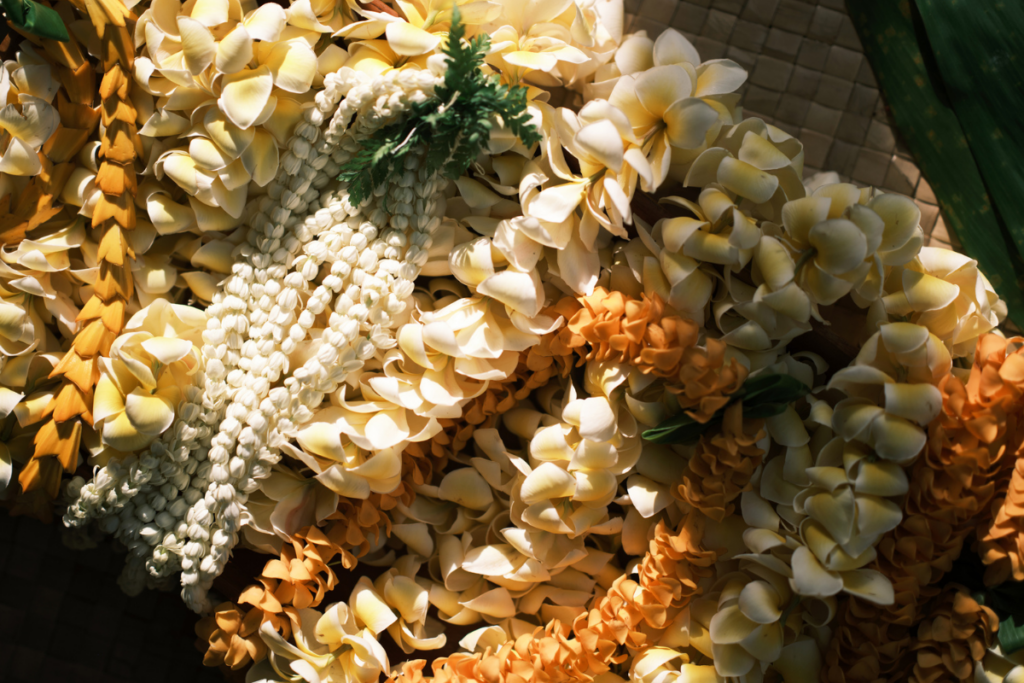Pacific Remote Islands Marine National Monument now largest marine reserve in the world

The Pacific Remote Islands Marine National Monument (PRIMNM)—a cluster of waters and reefs surrounding islands south and west of the main Hawaiian Island chain—will now protect an area six times its original size, making it the largest marine reserve in the world.
On Sept. 25, President Barack Obama signed a proclamation to expand the existing 82,129 square mile marine reserve to 490,000 square miles, an area larger than Texas and California combined. PRIMNM surrounds the mostly uninhabited Johnston Atoll, Wake Atoll, Jarvis Islands, Kingman Reef, Palmyra Atoll and the Howland and Baker Islands. The new expansion takes the ringed area around three of the islands—Johnston Atoll, Wake Atoll and Jarvis Island—from 50 miles to the Exclusive Economic Zone boundary of 200 miles. The distance is as far as the U.S. can legally expand before the area becomes international waters.

A representation of the PRIMNM expansion—green squares show the former coverage area, blue circles around Wake Atoll, Johnston Atoll and Jarvis Island indicate new expansion. Click to enlarge. Photo: Beth Pike, Marine Conservation Institute via Wikimedia.
The protection of the marine reserve means that the area is off limits to all commercial resource extraction including mining and fishing, though some recreational fishing will still be allowed with permits.
There are only four marine national monuments in the U.S.; all were created by Presidential Proclamation and all are in the central Pacific near Hawaii. The Pacific Remote Islands Marine National Monument was designated—along with nearby Rose Atoll Marine National Monument (13,400 square miles) further south and the Marianas Trench Marine National Monument (96,700 square miles) further west—by President Obama in 2009. George Bush designated the oldest marine national monument, Papahanaumokuakea Marine National Monument, in 2006. It protects an area of 139,800 square miles directly northwest of the main Hawaiian Island chain and is one of just two UNESCO (United Nations Educational, Scientific and Cultural Organization) World Heritage Sites in Hawaii (the other is Hawaii Volcanoes National Park). All four marine national monuments are at least partly managed by the Marine National Monuments Program under the National Oceanic and Atmospheric Administration (NOAA) and the U.S. Fish and Wildlife Service (USFWS). Only the Pacific Remote Islands Marine National Monument will be changing in size at this time.

The relative locations of all U.S. National Marine Monuments. The main Hawaiian Islands are slightly northwest of center on this map. Click to enlarge. Photo: NOAA via Wikimedia.
PRIMNM’s expansion is intended to “more fully protect the deep coral reefs, seamounts, and marine ecosystems unique to this part of the world, which are also among the most vulnerable areas to the impacts of climate change and ocean acidification,” according to a fact sheet released by the White House. The tropical equatorial islands and the surrounding waters of the marine reserve are home to a unique diversity of corals, fish, shellfish, marine mammals, seabirds, land birds, insects and vegetation, including many threatened, endangered and depleted species like giant clams (see photo below), coconut crabs and hawksbill turtles. The larger area will help to better protect the expanded range of migratory animals including manta rays, marine mammals and turtles.
NOAA’s Marine National Monument Program reports that the area covered in the Pacific Remote Islands reserve contains some of the most remote coral reefs in the world. Palmyra Atoll and Kingman Reef have more species of coral than any other atoll or reef island in the central Pacific. And, Wake Island and Johnson Atoll are some of the oldest living coral atolls in the world. These ancient reefs have recorded the earth’s climate over thousands of years, making this region invaluable for climate change experiments and research.
These remote areas have limited public access. Boaters may visit the area, but many of the U.S.’s marine monuments are accessible only with a special-use permit usually reserved for scientists and educators. If you’re lucky enough to visit these protected areas, there are restrictions about what you can do on land as well. Each of the islands surrounded by PRIMNM contain National Wildlife Refuges.
Hawaii Governor Neil Abercrombie praised the Presidential Proclamation on his website on the day of the designation, Sept. 25, saying, “I commend the president’s recognitions of traditional fishing opportunities and expanded protections of the Pacific Remote Islands Marine National Monument. This action strikes a good balance between protecting our ocean resources, along with traditional and recreational fishing, since they are such an important part of Hawaii’s unique history and culture. As a kamaaina [Hawaiian native-born] himself, the president shares our sincere respect and affinity for our precious ocean. This welcomed act will provide a gift to our keiki [children], allowing them to enjoy the benefits of a healthy and thriving ocean ecosystem.”



